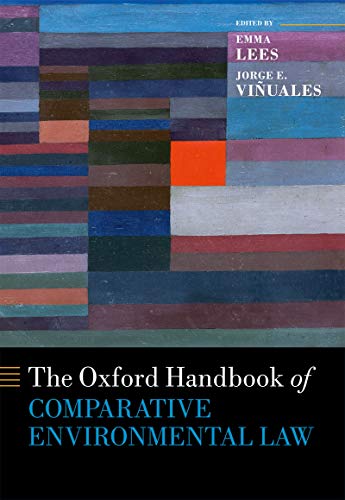

Most ebook files are in PDF format, so you can easily read them using various software such as Foxit Reader or directly on the Google Chrome browser.
Some ebook files are released by publishers in other formats such as .awz, .mobi, .epub, .fb2, etc. You may need to install specific software to read these formats on mobile/PC, such as Calibre.
Please read the tutorial at this link: https://ebookbell.com/faq
We offer FREE conversion to the popular formats you request; however, this may take some time. Therefore, right after payment, please email us, and we will try to provide the service as quickly as possible.
For some exceptional file formats or broken links (if any), please refrain from opening any disputes. Instead, email us first, and we will try to assist within a maximum of 6 hours.
EbookBell Team

4.3
58 reviewsThis volume examines the building blocks of environmental law across different jurisdic
tions. More specifically , it provides a cartography of environmental law , with a focus on
its underlying logic, main arrangements and their variations, and how it is embedded
within the broader legal arrangements developed to tackle other questions. In this con
text, this preliminary chapter provides an overview of the comparative method as it ap
plies to the overall research project leading to the present volume. It discusses descrip
tive and evolutionary approaches, the conceptual approach, the functionalist approach,
the factual approach, legal formants, the contextualist approach, and legal transplants. It
then considers a range of methodologies proposed by comparative law experts, including
the bottom-up functionalism and top-down functionalism, before explaining the methodol
ogy used for the organization of this book. The chapter concludes by summarizing a ten
tative structure of comparative environmental law as a single overall technology